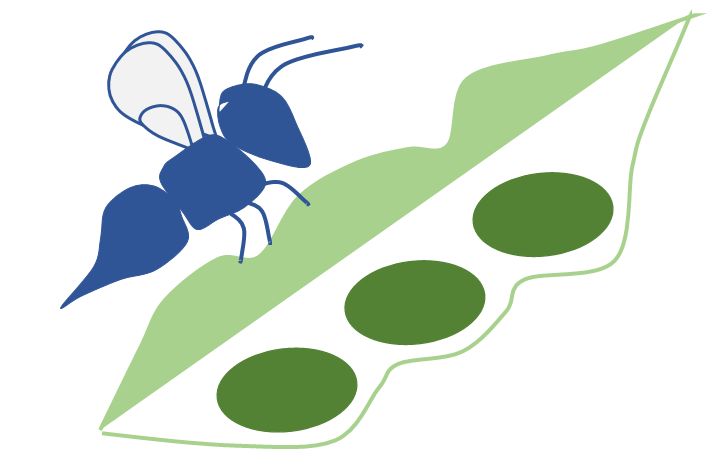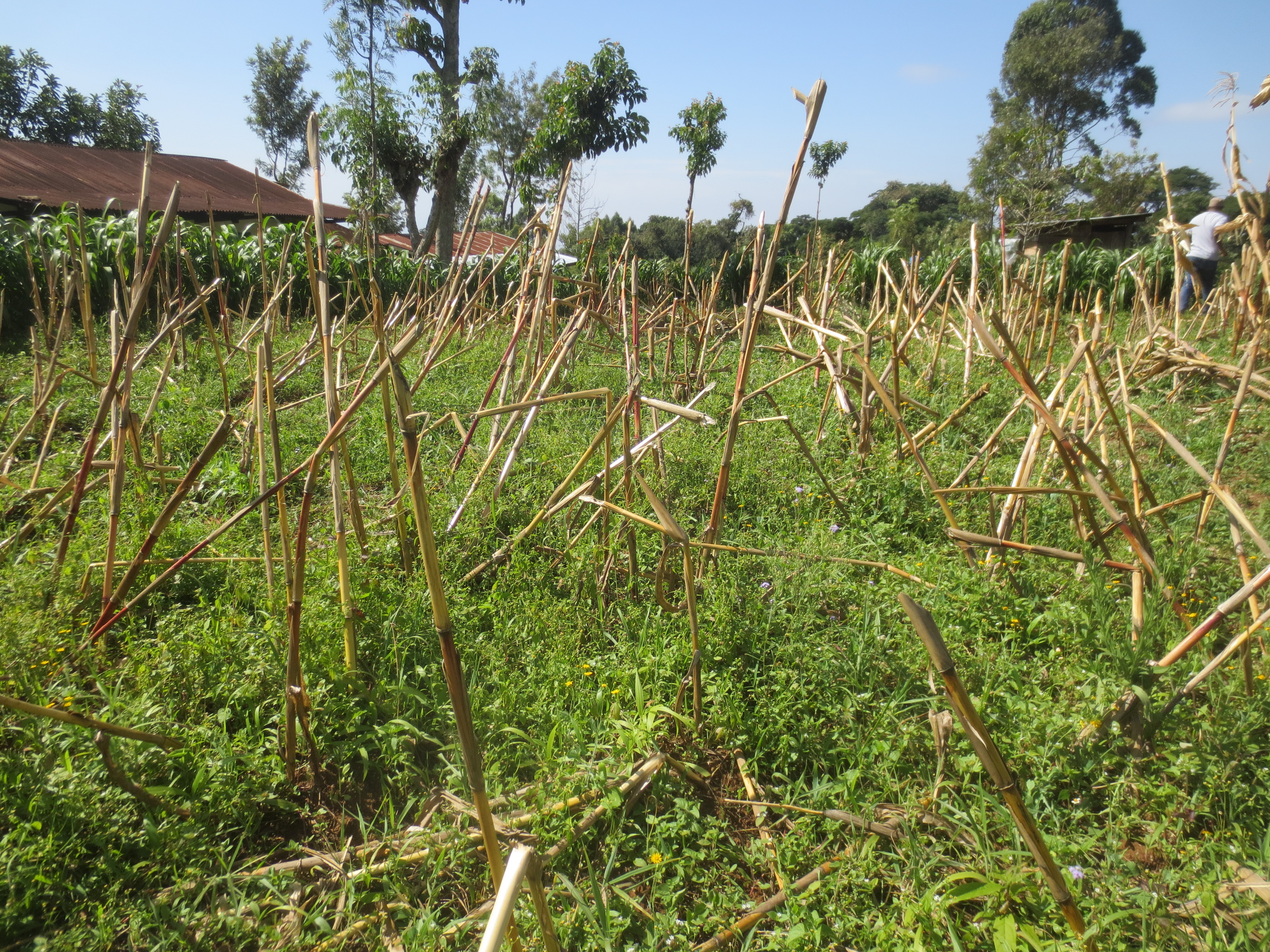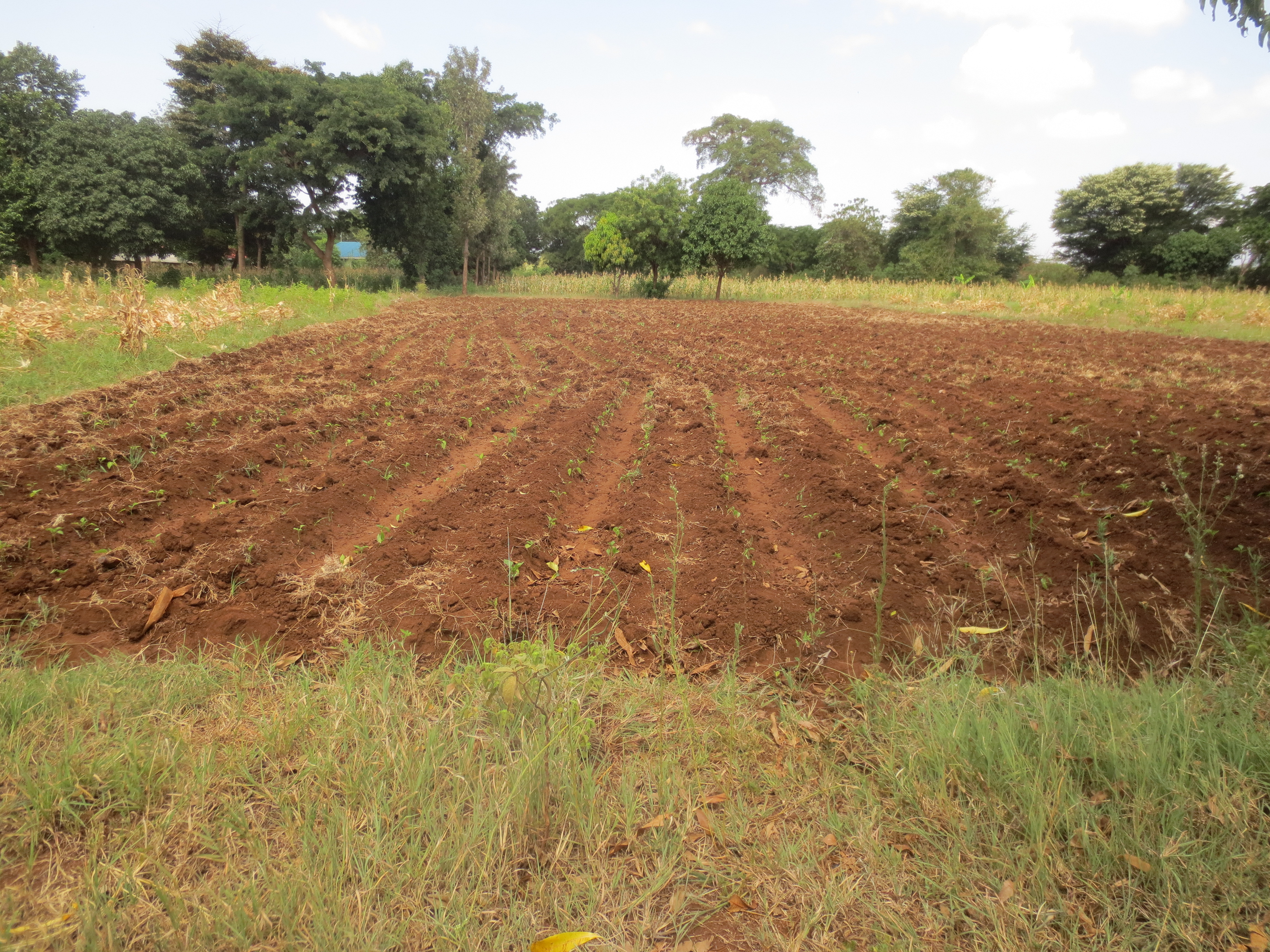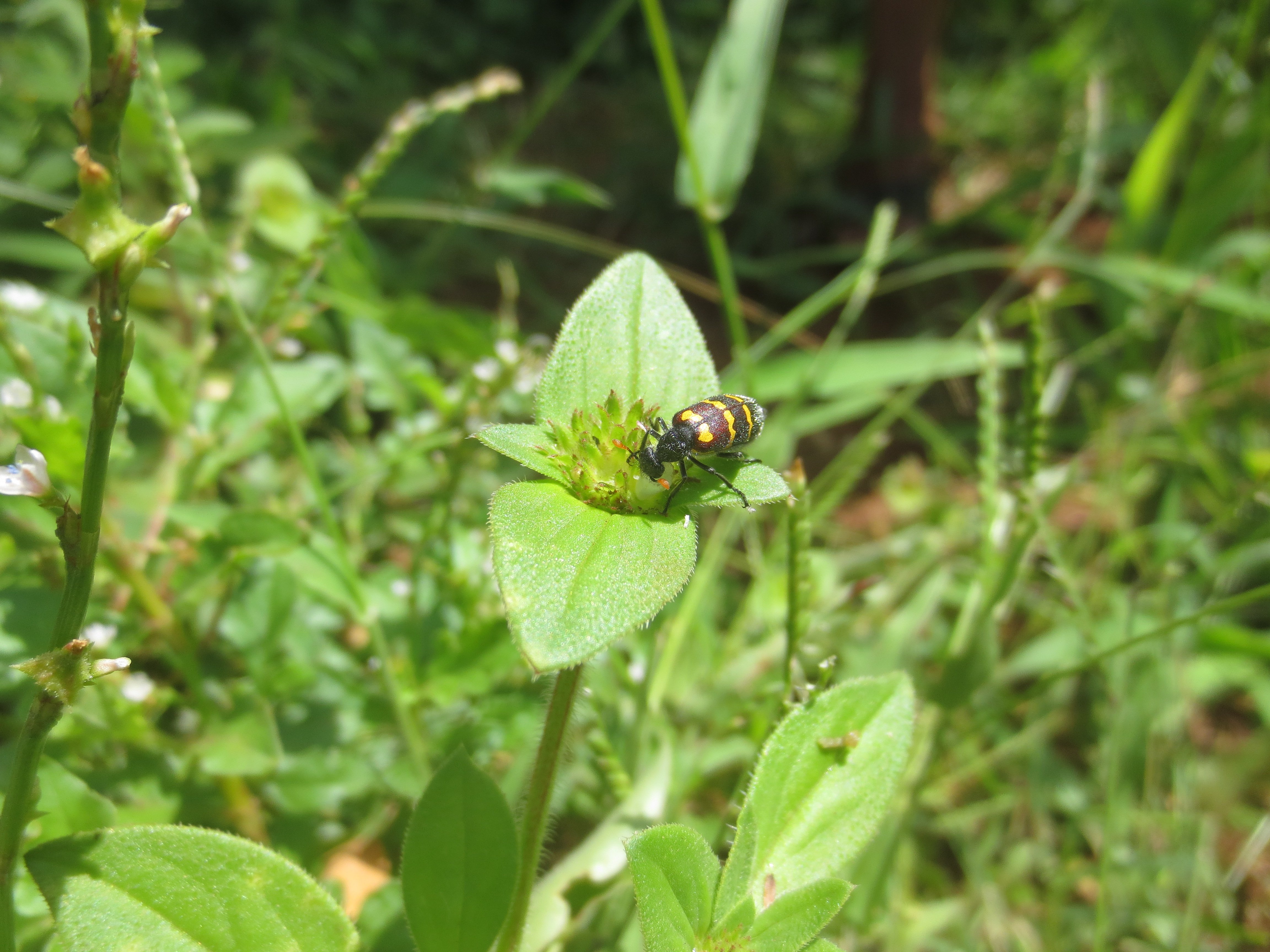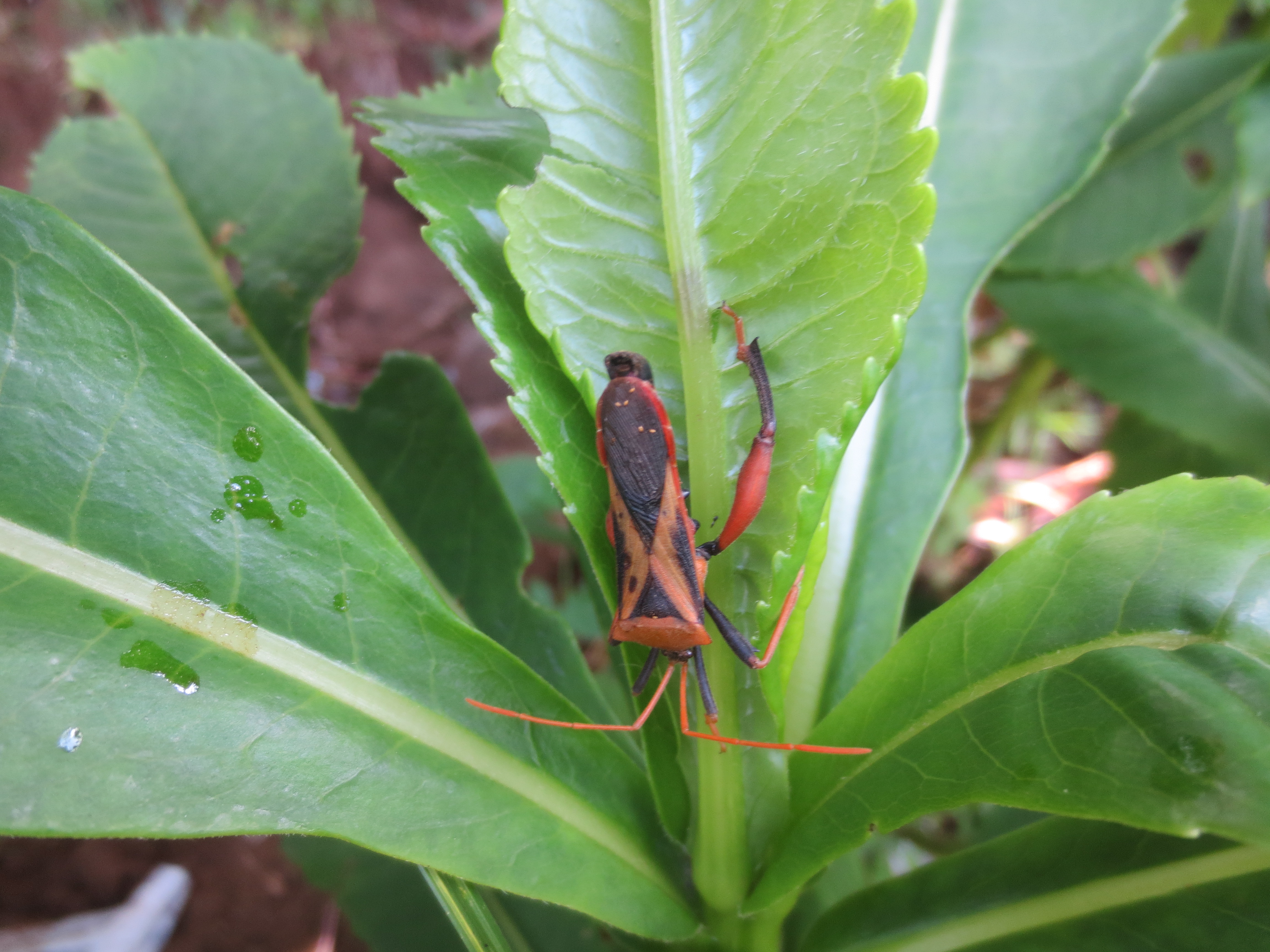Here are some photos from our projects
Tanzania

Malawi
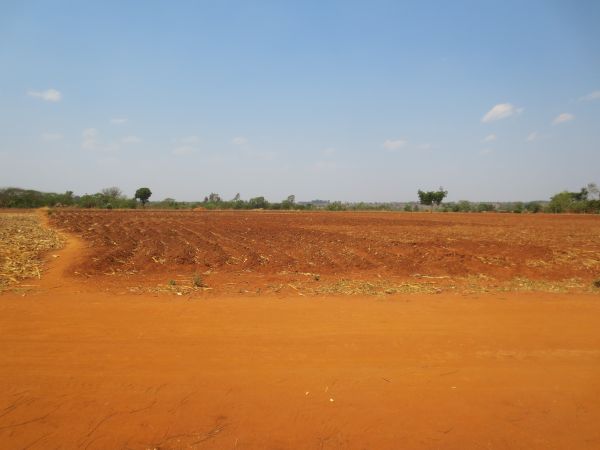
Many fields in Malawi are large and open, with very little shelter, few windbreaks and minimal or absent margins. This means there can be little for beneficial insects to forage on outside the crop flowering period, and the potential for soil erosion is high.
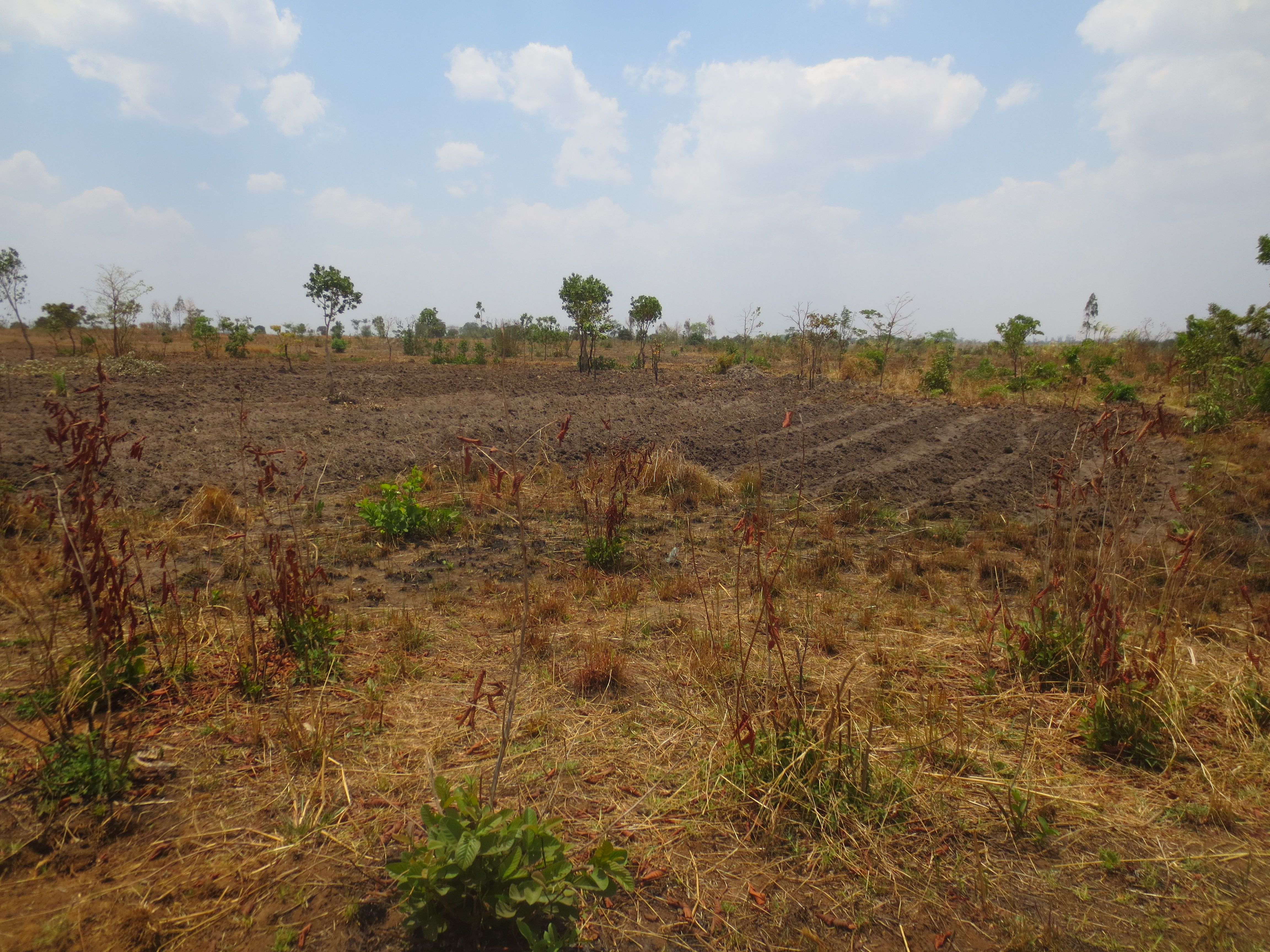
Some fields do have margins. In some cases, this is because the adjoining patch of land is unworkable - e.g. this area tends to flood during the wet season so crops would be washed away or die. It is therefore left "wild" and supports a diversity of wild (native and exotic) plant species.
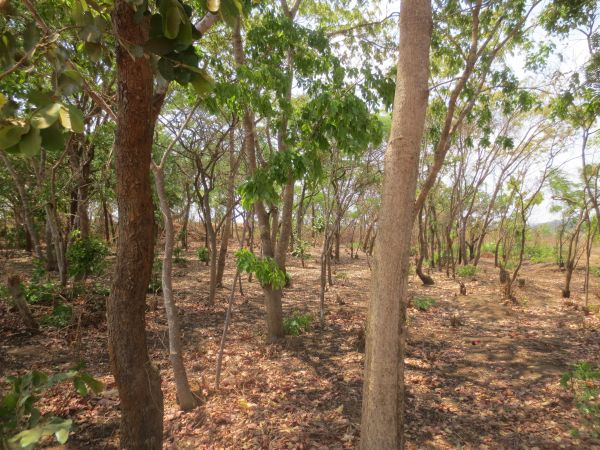
In other cases, seminatural areas may adjoin fields because they are being grown for another purpose. For example, this area is maintained for firewood.
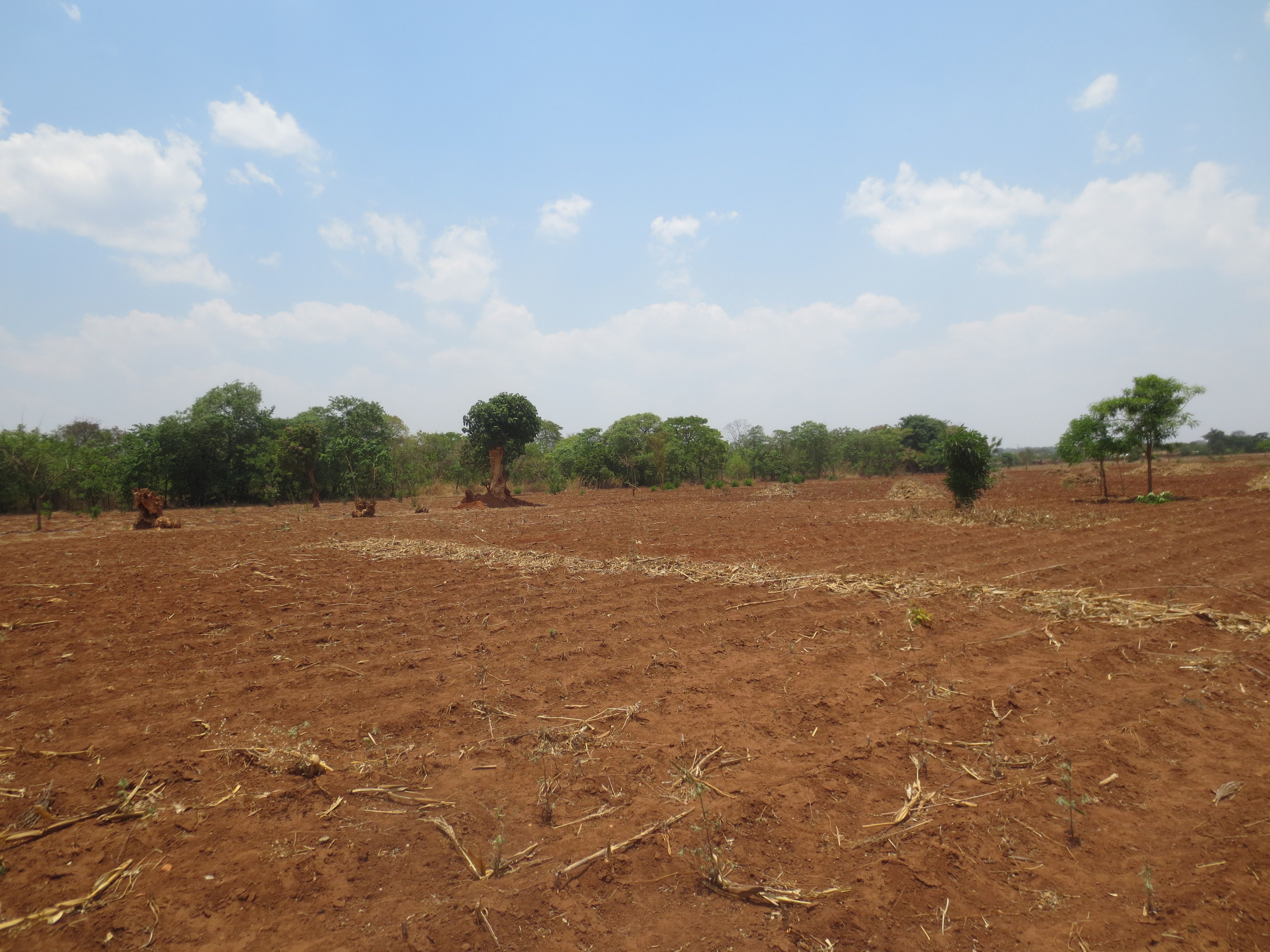
In the background of this field a large semi-natural woodland can be seen. Graveyards are an important donor habitat for many ecosystems services, both cultural (as a holy or sacred place for people with spritual significance) and in terms of their ability to act as habitat for diverse pollinators, natural enemies and other beneficial organisms. The cultural importance means they receive less disturbance than many other habitats in these regions.
Invertebrates
A blister beetle, family Meloidae, considered a serious pest by farmers.
True bug (Hemiptera: Coreidae). Some true bugs (assassin bugs) can be important natural enemies, but others are pests, feeding on plants in fields.

Spiders can be important natural enemies.

Caterpillars (Lepidoptera) can vary in their significance. The larval stages of butterflies and moths can be extremely voracious pests and very damaging. Conversely, the adults can be pollinators. When assessing their value versus damage, it is important to understand the host range. Some species are very specialist and may never attack a crop; others are polyphagous and may use both surrounding wild plants and the crop itself, meaning margin plants must be chosen carefully.
